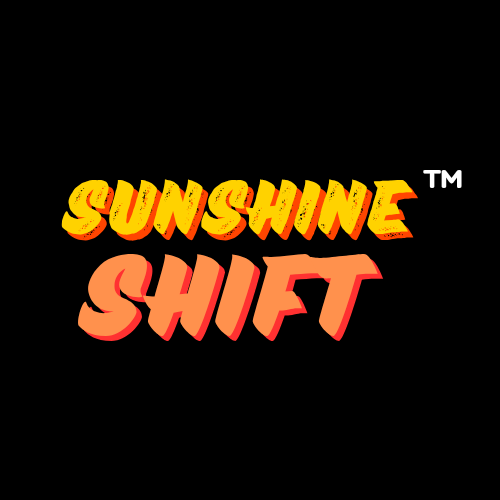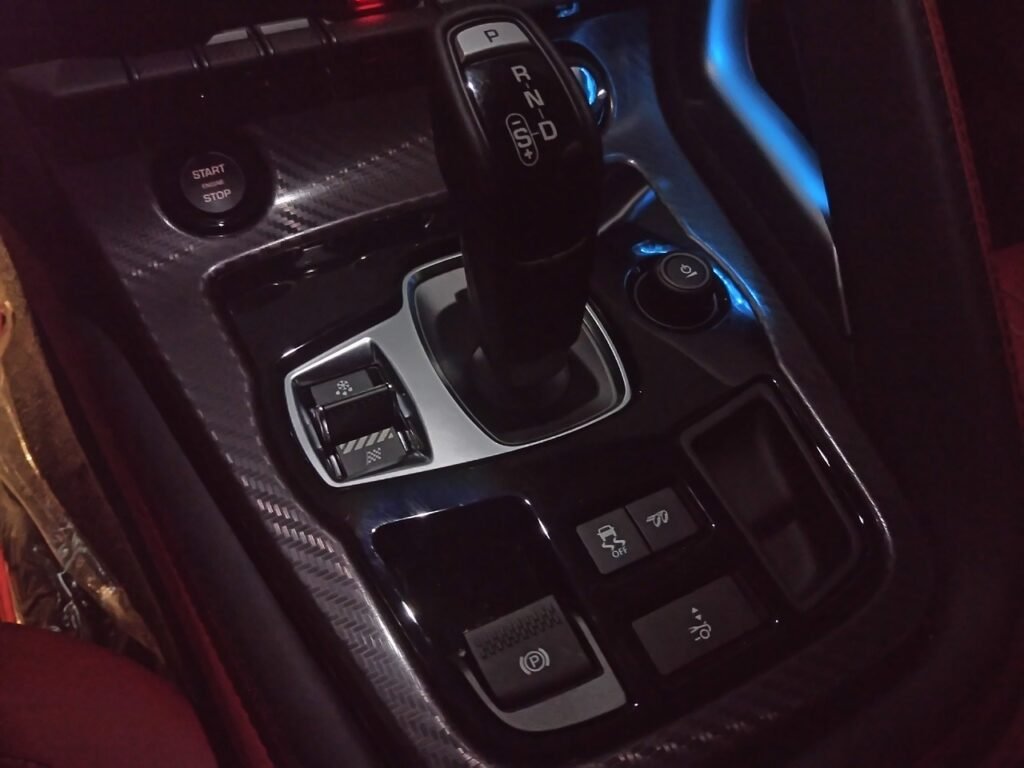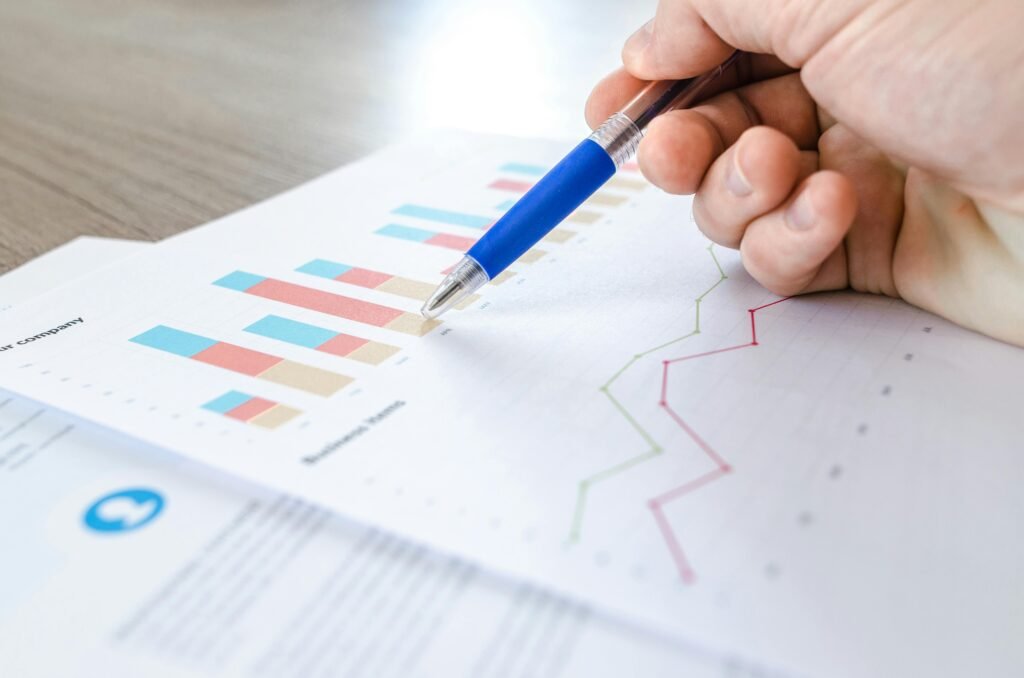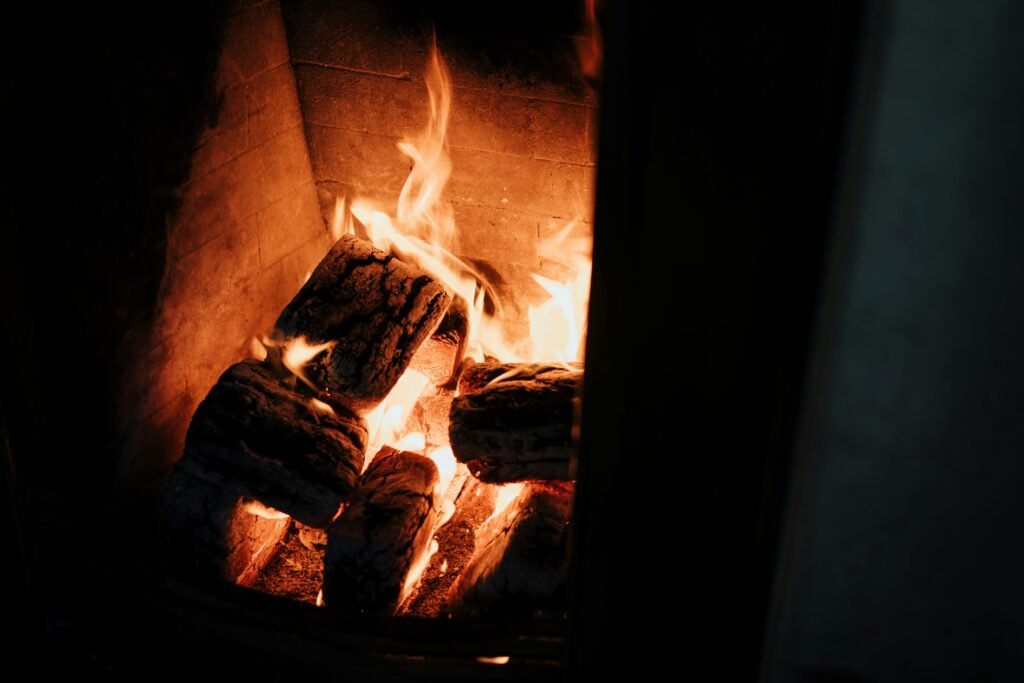
Think about the gas your car pumps out on the way to work, or the smoke a factory sends up making your phone. That stuff—carbon dioxide, or CO2—warms up the planet, and we all add to it. Carbon offset programs let you balance that by paying for projects that cut or pull CO2 out of the air. Climate change is a big problem—hotter days, worse storms—and we cannot ignore it. This guide walks you through what carbon offsets are, how you can use them at home, what businesses can do, how to pick a good program, plus some examples and hurdles. It is plain and easy, whether you are a regular person or run a company.
What Is Carbon Offset?
Carbon offset is a way to make up for the CO2 you put into the air. We all do it—driving, heating homes, running factories. That gas traps heat, making the earth warmer and weather wilder. Offsets work by funding projects that take CO2 away or stop it from happening. For example, you might pay to plant trees—they soak up CO2 as they grow. Or you help build a wind farm—it makes power without adding any gas.
This does not erase what you do—it balances it. Cutting your own CO2—like walking instead of driving—is still the best start. Offsets step in for what you cannot avoid. Say you fly a lot for work; funding a solar project can even out that trip’s gas. It is a practical move, not a magic fix, to help the planet while you figure out bigger changes.
How Can Individuals Offset Their Carbon Footprint?
Anyone can jump into carbon offsets—it starts with figuring out your carbon footprint. That is how much CO2 you add up from living—driving to the store, turning on lights, throwing out trash. Online tools help: type in your car miles, power use, and waste, and they give you a number. Knowing that shows you where to cut back.
With your total, pick a project to fund. Trees are popular—they pull CO2 out and help birds too. Solar panels work too—sun power means less coal burned. Websites sell offsets—you might spend some small amount to cover a weekend drive by planting trees. Look for ones that say where your money goes—good projects are honest about it.
It is not tough—little moves add up. Offset a vacation flight, and you back a wind turbine somewhere. It is about doing what you can. Every dollar you pitch in joins others to cool things down a bit. Plus, it feels right to help out.
Extra Tips for Individuals
You can do more than offsets. Walk to the corner shop—less gas used. Swap old bulbs for LEDs—they need less power. Toss cans in recycling—it cuts dump gas. These shrink your footprint first, so offsets handle what is left. Mix them up, and you are really pitching in.
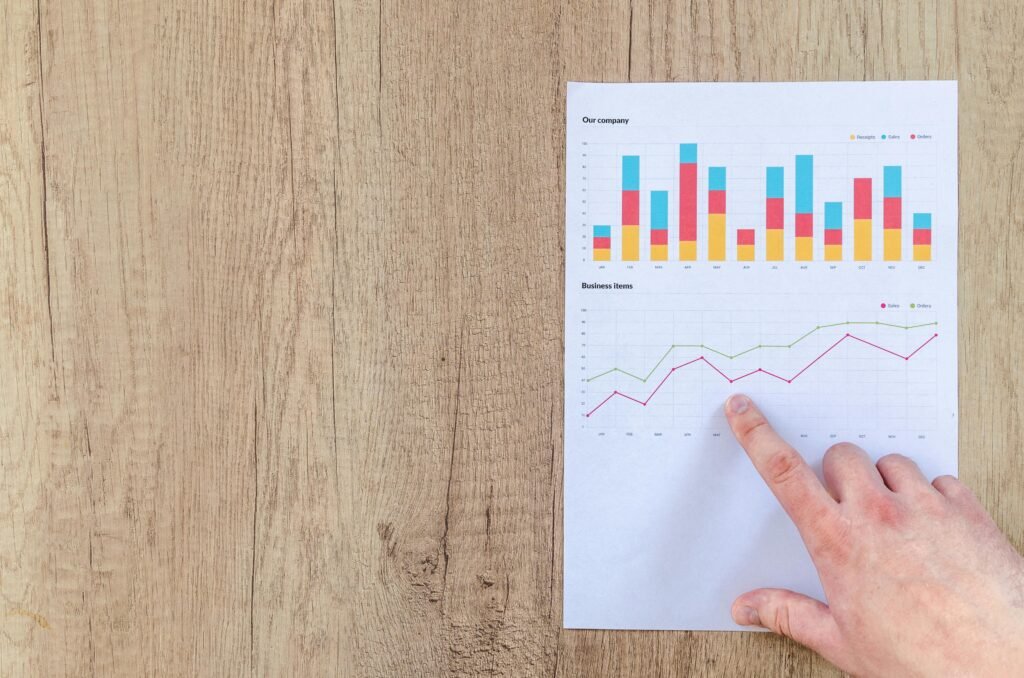
Ways Businesses Can Offset Their Carbon Emissions
With increased pressure on organizations today, more and more companies are being forced to become greener and emit less carbon. Carbon offsets are a good way to step up. First, count your emissions. Look at everything—power for machines, delivery trucks, even office heat. A tool like the Greenhouse Gas Protocol—a guide for businesses—helps add it all up. That number points out your big CO2 sources.
Then, buy carbon credits. One credit means one ton of CO2 cut or avoided—like funding a windmill that skips coal. Pick projects that fit your company, maybe solar farms or tree planting. Choose ones checked by groups like the Gold Standard—they prove the work happens. That keeps your money doing real good.
Businesses can also fund nearby projects. Back a local solar setup or tree planting in your town. It cuts CO2 and shows you care—people notice that. It builds corporate social responsibility (CSR). A factory might pay for a forest to balance its smoke. It builds trust with folks who shop or work with you.
This helps in big ways. Going green makes customers like you more—they buy from companies that try. It can dodge new rules too—laws are getting stricter. Plus, it sparks smart ideas—like finding cheaper power. Offsets are not just a chore; they are a chance to grow.
More Business Benefits
Offsets open doors. Some customers pick green companies—you could land new deals. Workers feel good too—jobs with meaning keep them around. It sets you up for tougher laws—start now, skip the rush later. It is not just about gas; it is about staying strong down the road.
Choosing the Right Carbon Offset Program
Picking a solid carbon offset program matters—your cash needs to count. Check if it is real first. Look for stamps from places like the Verified Carbon Standard or Gold Standard—they make sure projects cut CO2 for sure. A bad one might grab your money and do nothing. Stick with programs that pass these tests.
Ask how they figure out CO2 cuts. Some grow trees—each one grabs gas as it gets bigger. Others catch methane—a gas that traps heat—from trash piles. Find out: how do they measure it? Good ones share papers showing tons saved. If they keep it secret, move on. You want proof your money works.
Look for openness too. Top programs say where funds go—like a solar farm in Asia or trees in South America. They tell you what is happening—maybe how many panels went up. Check their sites for updates—honest ones share results. Also, see if they help people or nature extra—that is a plus.
It takes a little digging, but it pays off. A good program turns your money into real help against climate change. Whether you are one person or a big company, picking smart means you are making a difference, not just guessing.
How Carbon Offsets Help Communities
Carbon offsets do more than cut CO2—they can lift up people too. In India, many projects hire locals to plant trees or build solar setups. A tree-planting program might pay farmers to grow forests, giving them cash while the trees pull gas from the air. For example, rural areas often get jobs from clean energy projects—think workers setting up wind turbines or fixing solar panels.
These efforts help in other ways. Solar stoves in villages cut smoke from wood fires, so families breathe easier and stay healthier. Schools sometimes pop up near offset projects, giving kids a place to learn. A report from India’s energy folks says these programs can bring steady work to places that need it. It is not just about the planet—offsets can make life better for people right where they live.

Challenges of Offsetting
Offsets are not perfect. Some projects flop—trees die, wind farms break. It costs money too—$5 a ton adds up if you make lots of CO2. People argue it lets big polluters off easy—they pay instead of cutting back. Checking if a program is legit takes time—bad ones hide flops. It is not a free pass; you still need to use less gas yourself.
Plus, it is hard to know the full impact. A tree might take years to grab much CO2—how do you count that now? Some say offsets feel like a band-aid, not a fix. They are right—it is one tool, not the whole toolbox. You have to pair it with real changes.
Why Offsets Matter to You
Offsets are a start, not the end. For you at home, they balance a trip or heat you cannot cut. For businesses, they ease your footprint while you plan cleaner ways. Climate change hits us all—hot days, big floods. Offsets let you fight now, not just sit there. Start small—fund a tree—or go big—back a solar farm. Every move helps.
What do you think? Drop a thought below—your say keeps this rolling. Every step counts—thanks for sticking with it!
Frequently Asked Questions (FAQs)
What Are Carbon Credits and How Do They Work?
Carbon credits are like tickets—one credit means one ton of CO2 cut or pulled from the air. You buy them to balance your emissions, like from driving or flying. They fund projects—say, a wind farm making clean power instead of coal gas. A company might grab credits to offset factory smoke. Good programs check the work, so you know it is real. It is a way to pay for less CO2 while you figure out cuts at home.
Can Offsets Replace Cutting My Own Emissions?
No, offsets are not a full swap—they help, but cutting your own CO2 is better. Think of them as a backup. If you drive less, you use less gas—that beats paying for trees. Offsets handle what you cannot avoid, like a work trip. Experts say to shrink your footprint first—walk, save power—then use offsets for the rest. It is about doing both, not picking one.
How Do I Know My Offset Money Makes a Difference?
You want proof your cash works—look for programs checked by big names like Gold Standard. They test projects—trees planted, solar built—to make sure CO2 drops. Ask for reports: how much gas got cut? Good ones tell you—maybe 500 tons from a windmill. Skip shady deals with no details. It takes a little checking, but you end up sure you helped.
Do share your thoughts by commenting below.
